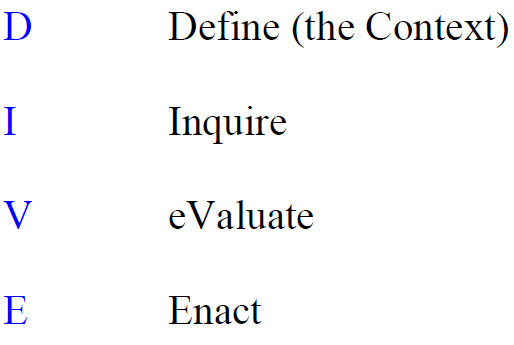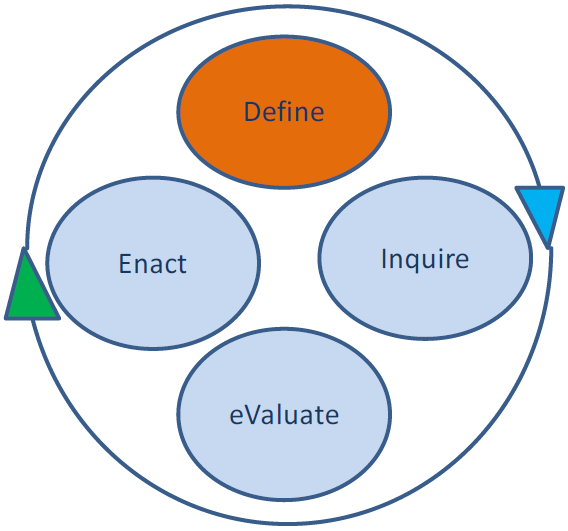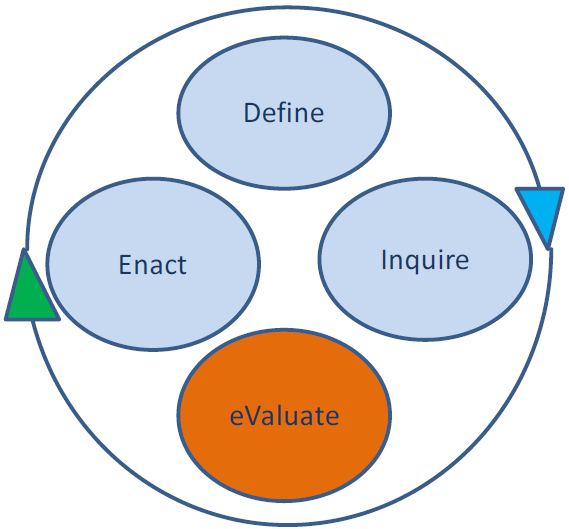A Coaching Model Created by Rajanikanth Chandrasekar
(Executive Coach, INDIA)
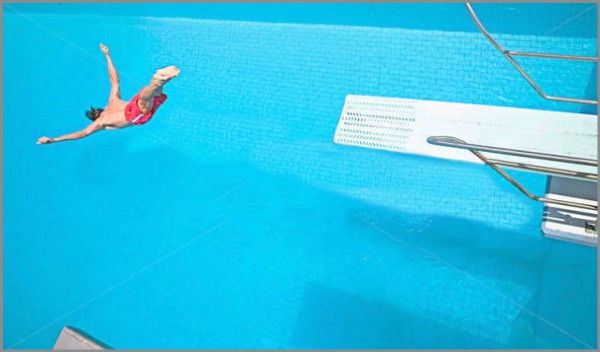
The Coaching model DIVE tries to capture the key elements of the Coaching Process.
 D Define (the Context) I Inquire V eValuate E Enact
D Define (the Context) I Inquire V eValuate E Enact
 D for Defining the context
D for Defining the context
Understanding the context of the coaching discussion is very critical for the success of the process. Defining the context not only refers to the Client defining the problem, but also to the efforts of the coach to create a trust environment to work-on. This trust environment and confidentiality goes a long a way in creating an atmosphere so that Client feels confident to state the area of discussion directly. The process of defining also enables the coach to set the expectations and a broad understanding of the current state and a desired state. The Key aspects of this stage includes
Define Inquire eValuate Enact
- Create Trust environment and explicit confidentiality terms
- Define the broad coaching process – What to be expected and what not to be expected
- Encourage Client to freely discuss and establish a current reality
- Establish outlines of a desired outcome of the coaching session
I for Inquiring
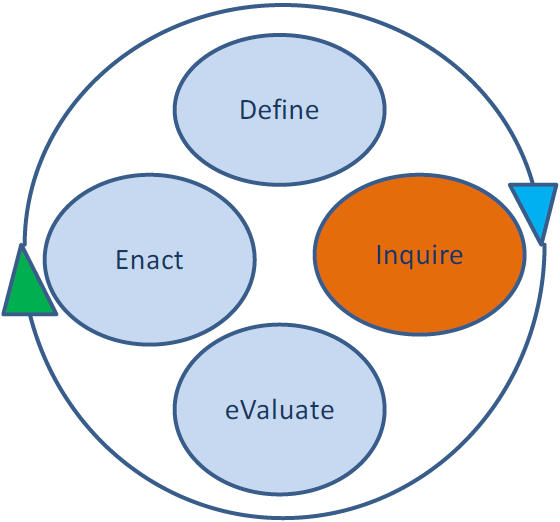
To ask a question; to seek for truth or information by putting queries
which perfectly fits into the process of coaching. The Coach puts forth powerful questions to enable to client to do a self-enquiry.
The process would enable the Client to DIVE deeper to get deeper insights
Many times, the defined issue could just be the symptoms of some deeper issues. Or the Client may not have a defined issue but a vague sense of the issue. The powerful questions from the coach should help the Client to get this clarity.
Particular focus of this inquiry process could be on underlying beliefs especially the limiting beliefs
The questioning could help the Client to get a clarity of his actual reality.
The Inquiry would help the client to delineate the actual observed reality and his interpretation of the reality. This interpretation usually involves a story telling where we attach motive for the observed action and add a judgment thereby creating an emotion leading to an action. Once the Client gets this separation, he/she would be free to analyze whether the particular interpretation is beneficial
V for eValuate
